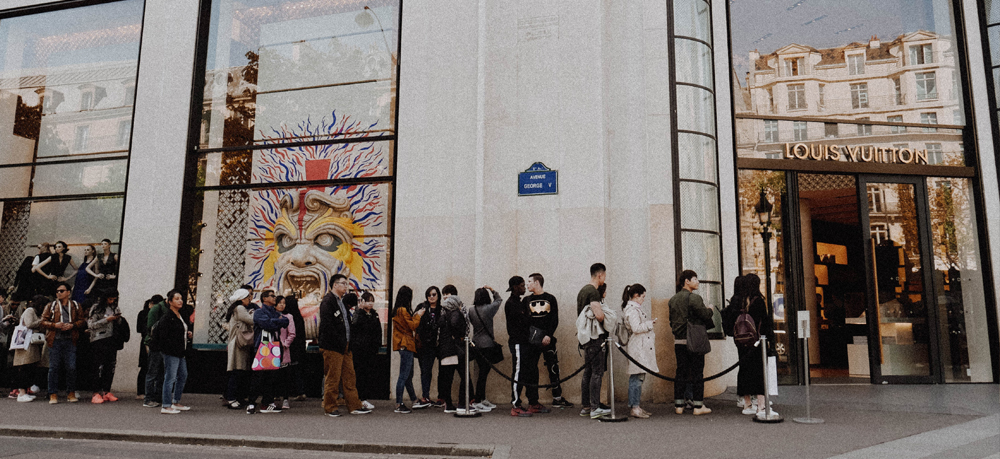The use of metadata, a data set that summarizes an even larger set of data, for targeted ads has drastically changed marketer’s strategies around the world. Ever since then companies have been constantly testing out how it can be used to market their products.
The largest advantage of metadata is that it provides the ability to obtain a massive amount of information on a group of possible customers instantaneously. While this has created more targeted marketing strategies and improved the accessibility of ads it also has removed the creative aspect from marketing.
As the famous marketing executive Sir John Hegarty said, “Data is great at giving you information, giving you knowledge; but it doesn’t give you understanding and that is its great failing”.
However, creativity, personal touch, and understanding of the customer is not gone forever. With the use of metadata marketers are able to get an idea of what the consumer wants but there is a difference between using the data to find out and having a customer tell you exactly what they want.
According the the Digital Marketing Magazine, while data provides a multitude of advantages it “… simply can’t replace ingenuity and creativity”. A way to counteract this loss of creativity is by listening to your customers directly, not just through social media but with direct contact. Doing this and using the process of co-creation allows more trust to form between the company and consumer as well as produces better products.

Co-creation is defined as the joint creation of value by the company and the customer. By jointly creating value new markets are able to form. This means co-creation overcomes the largest challenge in business, predictive marketing. Right now data is used in order to predict where trends lie but according to Diana O’Brien, global CMO at Deloitte, “data provides understanding but you also have to think about what the purpose of what you do is”. Co-creating with your consumers provides a purpose behind the predictive data and instead of just guessing what future markets will be, it creates them.
This process is especially useful for FMCGs, or Fast Moving Consumer Goods. These products are sold quickly and at relatively low cost so the key to success is to catch the consumers eye and provide what they want right away. In order to do that communicating with the consumers themselves is key.
An example of a company that has used this process successfully with FMGCs is Anheuser-Busch. They realised that customer tastes and expectations are constantly changing and they need to change with it. They co-created a new product line with their consumers, which showed that they cared about them and learned about what exactly their consumers wanted, or what caught their eye.

It is not just one company either. According to a Hitachi Europe report on companies 58 per cent of businesses have used co-creation projects in order to innovate. The report also shows how beneficial these projects were; 51 per cent of respondents said that co-creation improved their performance financially, and 54 per cent said that it assisted with their social impact.
As more and more companies look for different ways to market their product to customers many are realizing that they should let their customers do the marketing for them. Co-creating a product creates buzz for the consumer base and guarantees sales as the consumers have already told you that they like it. This is proven by the numbers above as well as the retention rate as 49 per cent of businesses in the report say they now work with customers on a regular basis.
Customers are looking to be involved with the product that they are receiving. By allowing this to occur companies gain confidence that the product produced will be well received and that it will be financially successful due to the applicability of the product.
The key to that confidence and success is transparency. Customers are wary of being used and only by telling them your goals and allowing them to have input is that trust gained. Co-creation works extremely well creating that trust, DHL Express reported a customer satisfaction score over 80 per cent and increased revenue post co-creation work.

This concept is not new, however its capabilities have been drastically enhanced with ever increasing technology around us. The possibilities of what co-creation is capable of are endless. It is not just limited to new product creation or solving a problem, it can also be used to create entire new markets as consumers explain what they want.
Marketing strategies are forever changing and what consumers demand is as well. Co-creation is the new forefront of marketing as it brings these two things together. Using technology to communicate with your customers and find out what they want sets you up for future success and keeps you on top of the game. It is a win win situation that allows for direct marketing and great products.
